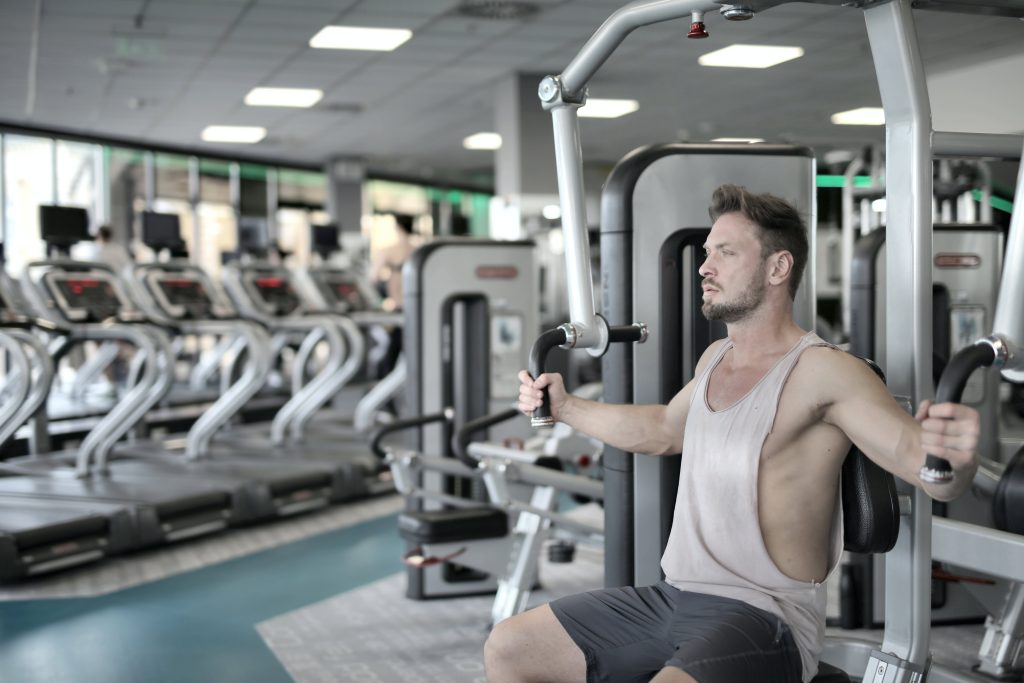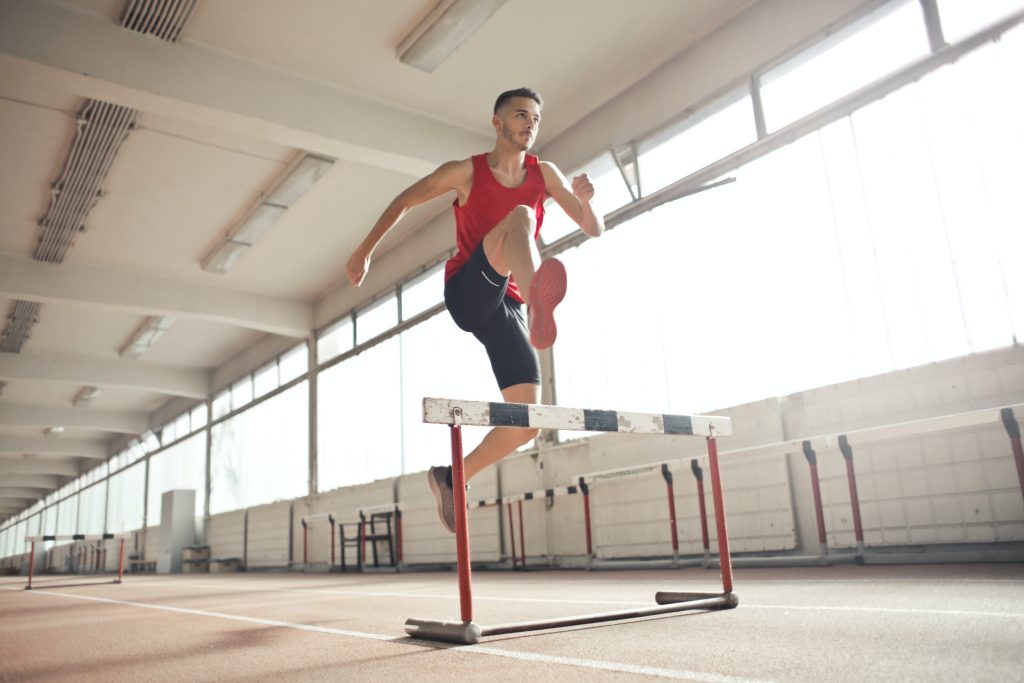
A significant number of people seek out hair transplants as a possible solution in order to achieve their goal of having a full head of hair. In spite of the fact that the primary objective is to recover confidence and a youthful appearance, questions frequently arise regarding the potential impact that the treatment may have on an individual’s lifestyle, particularly their exercise routine. What are some of the most frequently asked questions regarding the compatibility of hair transplants and regular physical activity? We will discuss these concerns in this post.
The Essentials of Hair Transplant Surgery
Before moving on to discuss the effects of a hair transplant on workout habits, it is essential to have a fundamental understanding of the hair transplant procedures. Follicular Unit Transplantation (FUT) and Follicular Unit Extraction (FUE) are most common procedures. As part of FUE procedure, hair follicles are moved from donor locations and FUT procedure, a linear strip of skin tissue is taken from the back of the head and implanted to necessary areas that are experiencing hair loss or have no hair at all. You can learn more about FUE and FUT procedures here. Although recovery times can vary, the majority of patients are able to resume their regular activities within a few days to a few weeks after the procedure.
Immediately Following the Operation
It is recommended that patients refrain from engaging in intense activities in the early aftermath of a hair transplant. These activities have the potential to raise blood pressure or put a strain on the surgical area. This is done in order to avoid issues such as bleeding or the grafts that have recently been transplanted becoming dislodged. In spite of the fact that this precautionary period is only transitory, it is absolutely necessary to adhere to the particular post-operative advice that the surgeon has supplied.
Blood Flow with Physical Activity

Exercise on a consistent basis is known to have a number of beneficial effects on one’s general health, including an improvement in blood circulation. However, during the initial phase of recovery following a hair transplant, it is important to avoid excessive perspiration, an increased heart rate, and elevated blood pressure. Because they interfere with the healing process, these factors have the potential to make the transplant less successful than it otherwise would have been.
Proceed with Your Regular Routine
Following the completion of the initial period of rehabilitation, patients are able to gradually transition back into their regular exercise routine. In the beginning, it is normally recommended to engage in low-impact activities such as walking or light jogging. These activities should be gradually progressed to more rigorous workouts over the course of time. It is essential to pay attention to the body and refrain from engaging in any activity that brings about discomfort or strain on the scalp.
Take Precautions to Protect
Patients frequently receive the recommendation to shield the area that has been transplanted from direct sunlight; this is of utmost significance when engaging in their exercise routine that take place outside. Protecting the scalp from sun damage and facilitating the healing process is essential and sun exposure is not recommended in the first 1 month ahead.
Taking into account the Long-Term
Since it is not necessary to take a long break after transplant, the fitness level of an individual will not be affected. When the hair follicles that were transplanted are properly established, they begin to operate in the same way as natural hair. This enables the patient to resume their normal activities, including strenuous physical activity.
Conclusion
The effect of a hair transplant is typically very transitory, despite the fact that it may momentarily interfere with your regular exercise programme. In order to achieve the greatest potential outcomes from both your hair transplant and your exercise routine, it is important to follow the post-operative advice that your surgeon has provided and to gradually ease back into physical activity. Always keep in mind that patience is the most important factor, and that taking a holistic approach to your health and fitness will contribute to the overall success of your trip to get a hair transplant.

